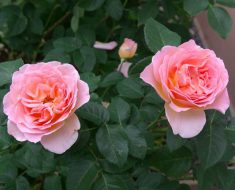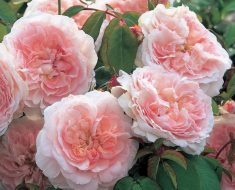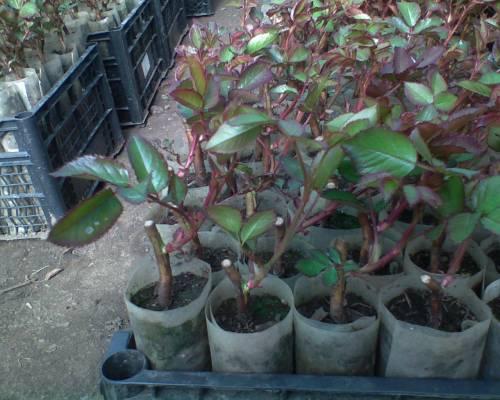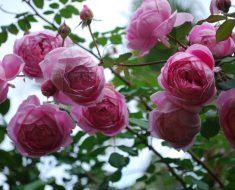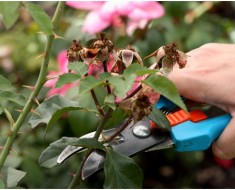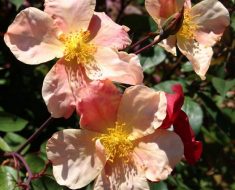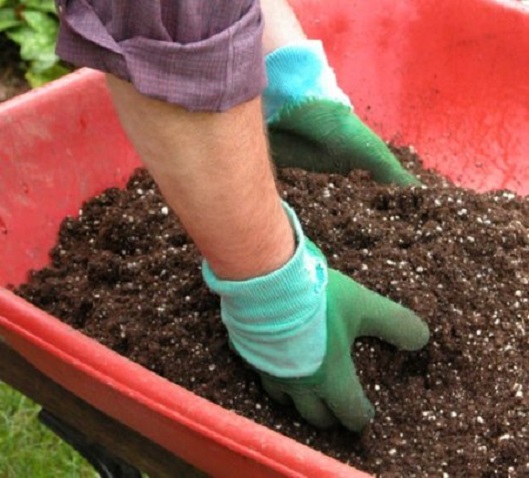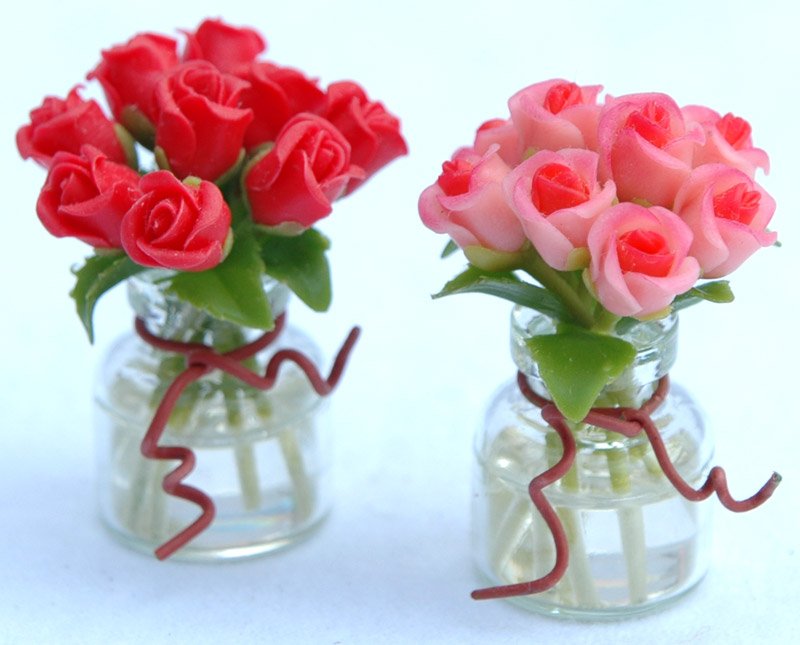This article will discuss rose diseases such as: botrytis, mosaic of roses, wilting.
Botrytis
Or gray rot, a disease that develops under shelter in the winter with frequent temperature changes. Symptoms of the disease are brown spots on the shoots and fluffy gray mycelium. In summer, it suffers from buds and flowers, on which brown specks appear. After some time, they ′ ′ grow ′ ′ and become covered with gray mold. Contribute to rot thickened planting, compacted soil, excess nitrogen fertilizers.
It is possible to increase the resistance of plants of roses to gray rot using fertilizing with trace elements. Plants with botrytis are treated with fungicides. If the rose bush is severely affected by the disease, then the solutions of these drugs are poured at the root.
Mosaic of roses
This is the most common viral-type disease. It is very easy to recognize it – the leaves are covered with chlorotic stains and patterns, which can turn into streaky chlorosis. The leaves are deformed (narrow-leaved, curly, wrinkled) and gradually fall off. Shoot growth slows down, and they do not mature. Shoots that are sick, cut out. With the further spread of the disease, the plant is completely destroyed.
A special place should be given to prevention. All diseased parts of the rose bush should be removed, and the old mulch should be removed and burned in time. Before sheltering the plants for the winter, it is necessary to sprinkle the soil under the bushes and sprinkle them with a 3% solution of blue vitriol. After spring pruning, it is advisable to treat the roses with a 4-5% solution of ferrous sulfate.
Wilt of roses
A disease that begins at the tips of the shoots and slowly spreads downwards. It can begin after frostbite of the shoot, stalk cancer, powdery mildew, or black spot, as well as waterlogging. Most of the known varieties of roses withering those who have yellow or orange flowers.
Very often wilting can be observed if there is a lack of potassium, calcium, phosphorus and boron. But you need to feed the plants in the spring, otherwise the young stems will not ripen during autumn feeding, and will partly freeze. Patient shoot is cut to the bud, which is located below the affected area.
Successful fight!
